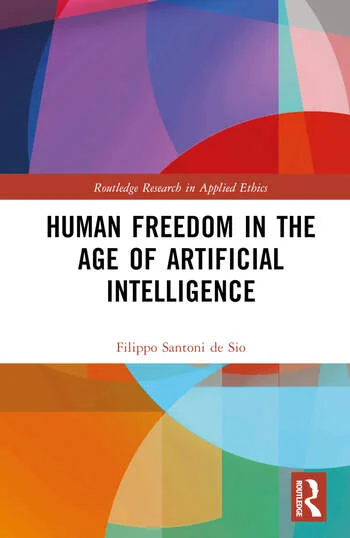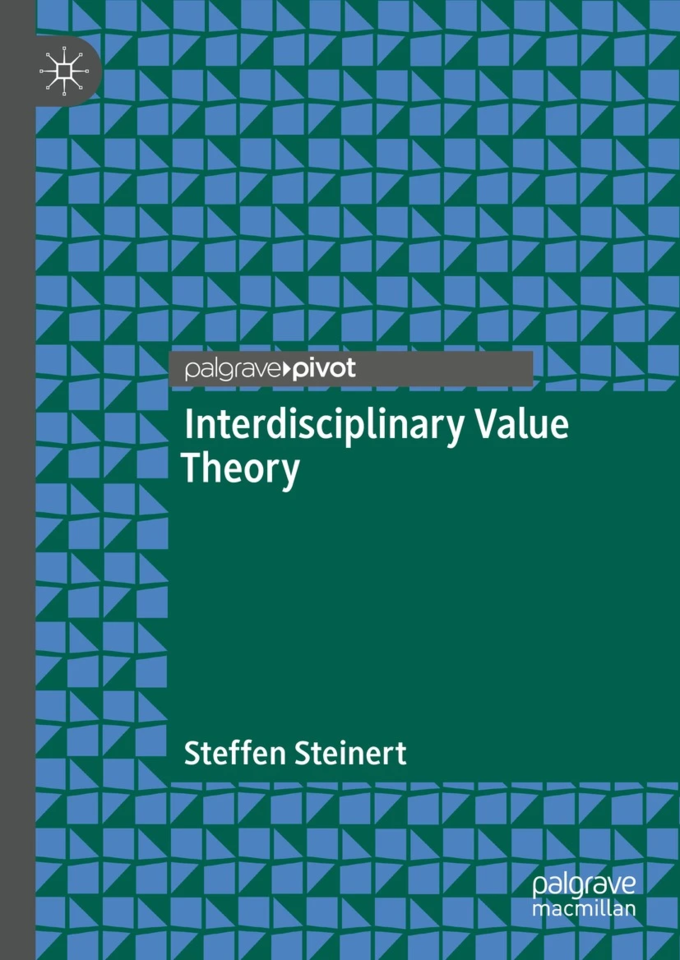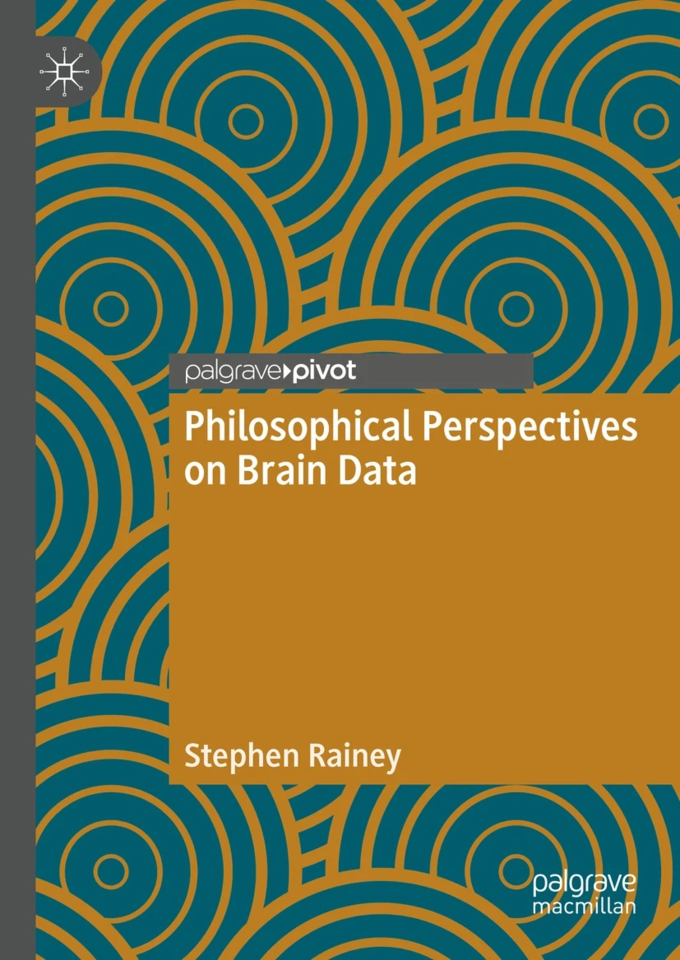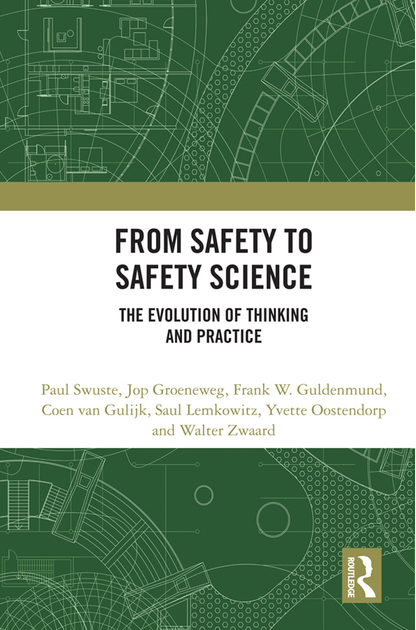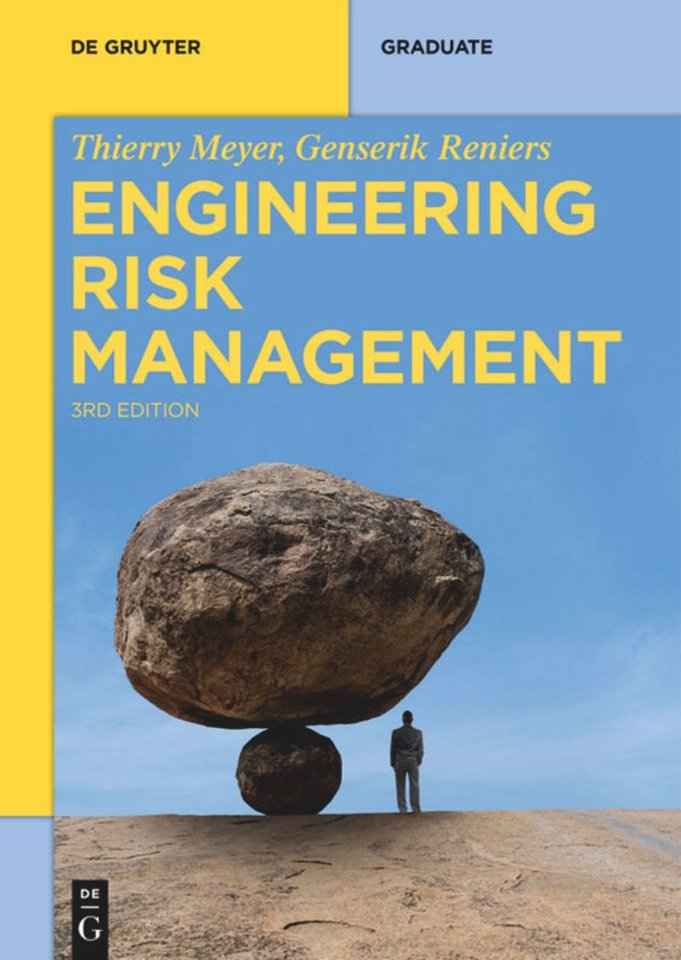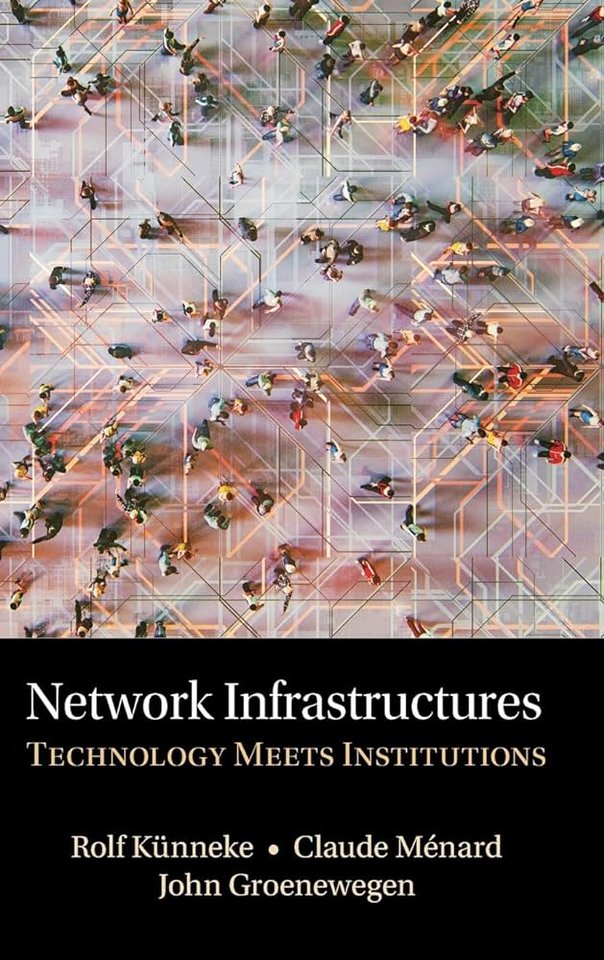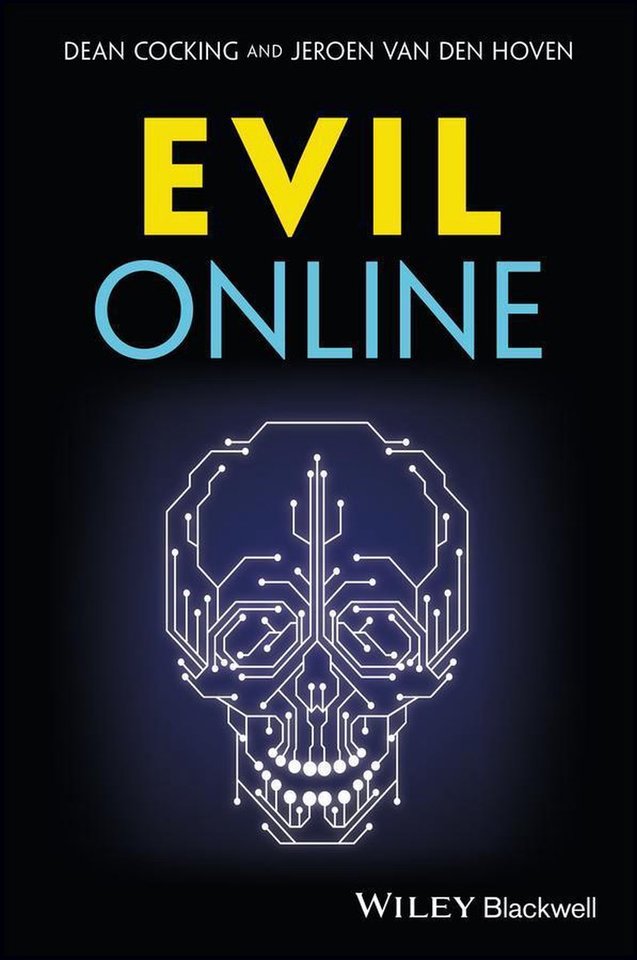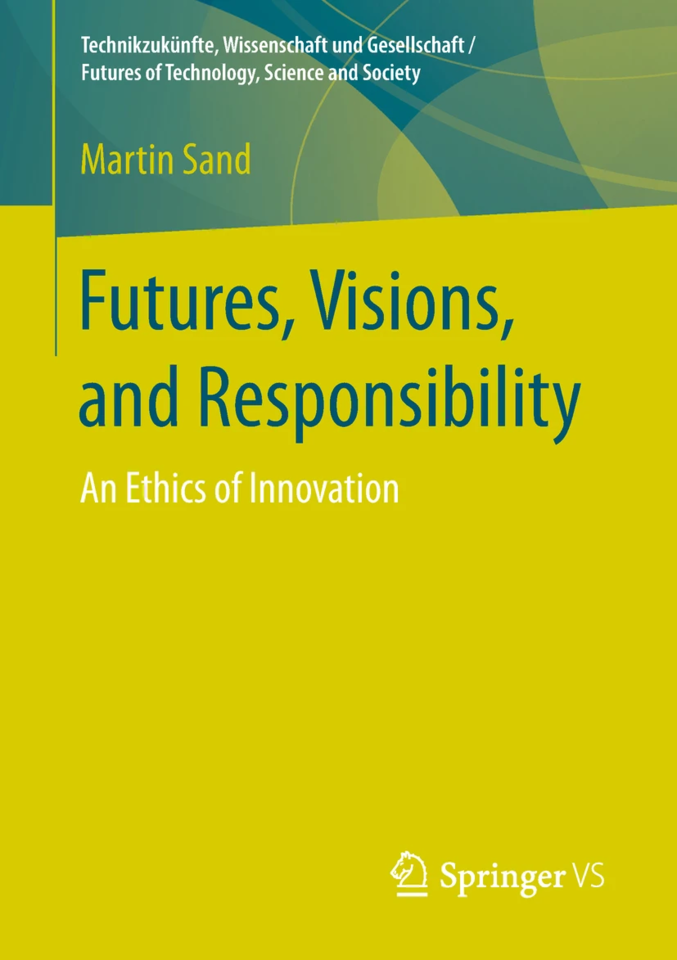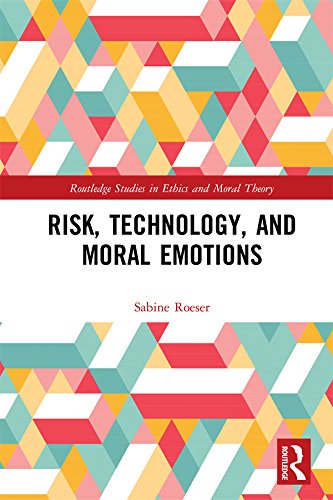Publicaties
Wetenschappelijke artikelen
Een heel kleine selectie uit de wetenschappelijke publicaties van de WTI-afdeling. Ze zijn geselecteerd om een beeld te geven van
- de drie hoofdtema's van het onderzoek van de afdeling (Ontwerpen voor Waarden, het Managen van Verantwoorde Innovatie en Verantwoord Risicomanagement), en
- de drie secties van de afdeling (Economie van Technologie & Innovatie, Ethiek/Filosofie van Technologie en Veiligheidskunde).
-
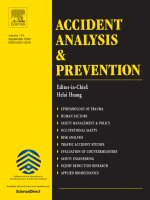
Eleonora Papadimitriou, Haneen Farah, Geerten van de Kaa, Filippo Santoni de Sio, Marjan Hagenzieker, Pieter van Gelder (2022). Towards common ethical and safe ‘behaviour’ standards for automated vehicles, Accident Analysis & Prevention, Volume 174, September 2022, 106724, https://doi.org/10.1016/j.aap.2022.106724.
The authors come from various VTI sections as well as from TU Delft Civil Engineering and Geosciences. They explore the main gaps and challenges towards establishing shared safety standards for the ‘behaviour’ of autonomous vehicles and contribute to their responsible traffic integration, by reviewing the state-of-the-art on AV safety in the core relevant disciplines: ethics of technology, safety science (engineering & human factors), and standardisation.
Abstract
Automated vehicles (AVs) aim to dramatically improve traffic safety by reducing or eliminating human error, which remains the leading cause of road crashes. However, commonly accepted standards for the ‘safe driving behaviour of machines’ are pending and urgently needed. Unless a common understanding of safety as a design value is achieved, different manufacturers’ driving styles may emerge, resulting in inconsistent, unpredictable and potentially unsafe ‘behaviour’ of AVs in certain situations. This paper aims to explore the main gaps and challenges towards establishing shared safety standards for the ‘behaviour’ of AVs, and contribute to their responsible traffic integration, by reviewing the state-of-the-art on AV safety in the core relevant disciplines: ethics of technology, safety science (engineering & human factors), and standardisation. The ethical and safety aspects investigated include the users’ perception of AV safety, the ethical trade-offs in critical decision-making contexts, the pertinence of data-driven approaches for AVs to mimic human behaviour, and the responsibilities of various actors. Moreover, the paper reviews the current safety patterns, metrics (surrogate measures of safety – SMoS) and their thresholds introduced in existing research for three use cases: mixed traffic of AV and conventional vehicles, AV interaction with pedestrians and cyclists, and transition of control from machine to human driver. The results reveal several knowledge gaps within each discipline and highlights the lack of common understanding of safety across disciplines. On the basis of the results, the paper proposes a framework for further research on AV safety, identifying concrete opportunities for interdisciplinary research, with common goals and methodologies, and explicitly indicating the path for transfer of knowledge between sectors.
-

Van Gelder, Pieter, Pim Klaassen, Behnam Taebi, Bart Walhout, Ruud van Ommen, Ibo van de Poel, Zoe Robaey, Lotte Asveld, Ruud Balkenende, Frank Hollmann, Erik J. van Kampen, Nima Khakzad, Robbert Krebbers, Jos de Lange, Wolter Pieters, Karel Terwel, Eelco Visser, Tiny van der Werff, and Dick Jung (2021), “Safe-by-Design in Engineering: An Overview and Comparative Analysis of Engineering Disciplines” International Journal of Environmental Research and Public Health 18, no. 12: 6329. https://doi.org/10.3390/ijerph18126329.
This article is a collaboration of various authors from VTI (Safety & Security Science, Ethics & Philosophy of Technology) as well as from other parts of TU Delft and other organizations. They argue that Safe-by-Design is best considered as a specific elaboration of Responsible Research and Innovation, with an explicit focus on safety in relation to other important values in engineering. The authors show that Safe-by-Design provides for an intellectual venue where social science and the humanities (SSH) collaborate on technological developments and innovation by helping to proactively incorporate safety considerations into engineering practices, while navigating between the extremes of technological optimism and disproportionate precaution.
Abstract
In this paper, we provide an overview of how Safe-by-Design is conceived and applied in practice in a large number of engineering disciplines. We discuss the differences, commonalities, and possibilities for mutual learning found in those practices and identify several ways of putting those disciplinary outlooks in perspective. The considered engineering disciplines in the order of historically grown technologies are construction engineering, chemical engineering, aerospace engineering, urban engineering, software engineering, bio-engineering, nano-engineering, and finally cyber space engineering. Each discipline is briefly introduced, the technology at issue is described, the relevant or dominant hazards are examined, the social challenge(s) are observed, and the relevant developments in the field are described. Within each discipline the risk management strategies, the design principles promoting safety or safety awareness, and associated methods or tools are discussed. Possible dilemmas that the designers in the discipline face are highlighted. Each discipline is concluded by discussing the opportunities and bottlenecks in addressing safety. Commonalities and differences between the engineering disciplines are investigated, specifically on the design strategies for which empirical data have been collected. We argue that Safe-by-Design is best considered as a specific elaboration of Responsible Research and Innovation, with an explicit focus on safety in relation to other important values in engineering such as well-being, sustainability, equity, and affordability. Safe-by-Design provides for an intellectual venue where social science and the humanities (SSH) collaborate on technological developments and innovation by helping to proactively incorporate safety considerations into engineering practices, while navigating between the extremes of technological optimism and disproportionate precaution. As such, Safe-by-Design is also a practical tool for policymakers and risk assessors that helps shape governance arrangements for accommodating and incentivizing safety, while fully acknowledging uncertainty.
-
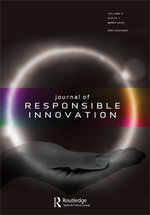 Steffen Steinert and Sabine Roeser (2020), ‘Emotions, values and technology: illuminating the blind spots’, Journal of Responsible Innovation 7:3, 298-319, https://doi.org/10.1080/23299460.2020.1738024
Steffen Steinert and Sabine Roeser (2020), ‘Emotions, values and technology: illuminating the blind spots’, Journal of Responsible Innovation 7:3, 298-319, https://doi.org/10.1080/23299460.2020.1738024Moral emotions such as compassion and feelings of justice can play an important role in ethically judging technological risks. This article discusses how this idea can be integrated into approaches to responsible innovation, but also paying attention to possible biases of emotions. This article is an example of research from the EPT section on the research theme Responsible Risk Management. Prof. Roeser’s work on emotions and risks has considerable academic and societal impact.
Abstract
Responsible innovation and ethics of technology increasingly take emotions into consideration. Yet, there are still some crucial aspects of emotions that have not been addressed in the literature. In order to close this gap, we introduce these neglected aspects and discusses their theoretical and practical implications. We will zoom in on the following aspects: emotional recalcitrance, affective forecasting, mixed emotions, and collective emotions. Taking these aspects into account will provide a more fine-grained view of emotions that will help to improve current and future approaches and procedures that incorporate emotions.
-
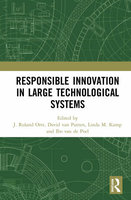 Ortt, J. Roland; David van Putten, Linda M. Kamp & Ibo van de Poel (eds, 2020). Responsible Innovation in Large Technological Systems. Routledge - Taylor & Francis Group.
Ortt, J. Roland; David van Putten, Linda M. Kamp & Ibo van de Poel (eds, 2020). Responsible Innovation in Large Technological Systems. Routledge - Taylor & Francis Group.This book provides an example of our approach to responsible innovation, and contains contributions from members of all three sections.
Book description
Large technological systems, such as seaports, nuclear power stations, wind farms and natural gas extraction, provide vital functions for society. And yet these large technological systems have an impact on different stakeholder groups in both positive and negative ways. This book defines responsible innovation and describes how both the innovation process and the resulting innovation outcome can be designed, created and implemented in a way that respects the various stakeholder groups involved and affected by the system. Taking a case-based approach, a number of large technological systems are profiled, including hydraulic engineering, nuclear energy, smart metering, and wind power. The values of each of the stakeholder groups, and the costs and benefits of the systems presented, are analysed. The book concludes by combining these insights to provide a framework for how responsible innovation of large technological systems can be implemented in practice.
-
 Milchram, C., Hillerbrand, R., van de Kaa, G., Doorn, N., & Künneke, R. (2018). Energy Justice and Smart Grid Systems: Evidence from the Netherlands and the United Kingdom. Applied Energy, 229, 1244-1259. https://doi.org/10.1016/j.apenergy.2018.08.053.
Milchram, C., Hillerbrand, R., van de Kaa, G., Doorn, N., & Künneke, R. (2018). Energy Justice and Smart Grid Systems: Evidence from the Netherlands and the United Kingdom. Applied Energy, 229, 1244-1259. https://doi.org/10.1016/j.apenergy.2018.08.053.This paper broadens current conceptualisations of energy justice for smart grids, to include considerations of data privacy and security issues as well. Values, as well as value conflicts, in the public debates on smart grids in two countries are discussed, and it is contemplated whether the systems in these countries lead to more equity or reinforces injustices. This is an example of research in the Design for Values research theme involving researchers from economics (Milchram, Dr. van de Kaa, prof. Kunneke) and philosophy (prof. Doorn, former VTI member prof. Hillerbrand). It touches on the important emerging topic of energy justice.
Abstract
Smart grid systems are considered as key enablers in the transition to more sustainable energy systems. However, debates reflect concerns that they affect social and moral values such as privacy and justice. The energy justice framework has been proposed as a lens to evaluate social and moral aspects of changes in energy systems. This paper seeks to investigate this proposition for smart grid systems by exploring the public debates in the Netherlands and the United Kingdom. Findings show that smart grids have the potential to effectively address justice issues, for example by facilitating small-scale electricity generation and transparent and reliable billing. It is a matter of debate, however, whether current smart grid designs contribute to cost and energy savings, advance a more equitable and democratic energy system, or reinforce distributive and procedural injustices. The increased use of information and communication technology raises value conflicts on privacy and cyber security, which are related to energy justice. This research contributes by conceptualizing energy justice in the context of smart grids for the first time. The energy justice framework is broadened by including values and value conflicts that pertain directly to the increased use of information and communication technology. For policy makers and designers of smart grids, the paper provides guidance for considering interconnected social and moral values in the design of policies and smart grid technologies.
-
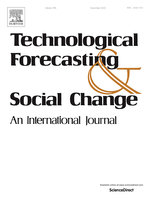 Howell, R., van Beers, C., & Doorn, N. (2017). Value capture and value creation: The role of information technology in business models for frugal innovations in Africa. Technological Forecasting and Social Change, 131, 1-13, https://doi.org/10.1016/j.techfore.2017.09.030.
Howell, R., van Beers, C., & Doorn, N. (2017). Value capture and value creation: The role of information technology in business models for frugal innovations in Africa. Technological Forecasting and Social Change, 131, 1-13, https://doi.org/10.1016/j.techfore.2017.09.030.Frugal innovations will not take off without new business models. This paper particularly examines the role of information technology (IT) in frugal innovations and in developing new business models to bring frugal innovations within reach of the poor. This research fits the themes of management of responsible innovation (business models) and of design for values (frugal innovations). It is part of a research line on frugal innovations that involves cooperation with Leiden and Rotterdam (LDE International Centre for Frugal Innovation) and within the department between economics (prof. van Beers, Howell) and philosophy (prof. Doorn).
Abstract
Bringing value to end consumers is one of the main challenges for businesses in emerging markets. This paper examines the role of information technology (IT) advancements in frugal innovation and in influencing new business models to bring frugal innovations within reach of the poor. A thorough review of theoretical concepts of business models and their applicability to the Bottom-of-the-Pyramid (BoP) literature and frugal innovation is given. IT has three characteristics that have influenced both business models and frugal innovation. First IT reduces transaction costs, sensor prices have decreased, and IT's externalities have increased the economic and social value from one innovation. By discussing the case of a high-technology low cost weather sensor system deployed in sub-Saharan Africa, this paper demonstrates how IT has introduced new frugal innovations, and influenced new business models. The success of the weather station diffusion has been due to the value of the weather data generated, the adaptive business model, and the co-creation approach throughout the station and business model design. IT has played a strong part in diffusing new innovations in Africa, but also has the potential to exclude certain groups. Future research should explore how IT and frugal innovation can lead to inclusion.
-
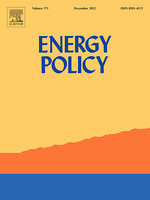 Pesch, U., Correljé, A., Cuppen, E., & Taebi, B. (2017). Energy justice and controversies: Formal and informal assessment in energy projects. Energy Policy. https://doi.org/10.1016/j.enpol.2017.06.040.
Pesch, U., Correljé, A., Cuppen, E., & Taebi, B. (2017). Energy justice and controversies: Formal and informal assessment in energy projects. Energy Policy. https://doi.org/10.1016/j.enpol.2017.06.040.This paper introduces a framework on the role of justice-related claims in the dynamics of controversy in energy projects. With the help of this framework, which is derived from the responsible innovation approach, public controversies concerning energy projects can be understood. The framework, developed through a collaboration of EPT, ETI and other TPM colleagues, combines insights from ethics, energy governance, and institutional economics and sheds light on the way how (the negligence of) moral issues have an impact on the reaction of the general public to proposed policies.
Abstract
In this paper we develop a framework for understanding how justice-related claims play a role in the dynamics of controversy in energy projects. We do so by distinguishing two interacting trajectories of assessment: a formal trajectory that is embedded in the legal system and an informal trajectory that is mainly embedded in public discourse. The emergence of an informal assessment trajectory can be seen as a response to a (perceived) lack of attention to particular concerns or values in the formal trajectory, i.e. ‘overflowing’. The emerging informal assessment may subsequently lead to adaptations in the formal trajectory, which we refer to as ‘backflowing'. Based on insights from case studies on Dutch energy projects and literature on energy justice we identify three justice-related attributes that facilitate understanding of the emergence of controversies. These attributes are based on differences between the two trajectories in terms of 1) the way in which values are expressed, 2) the dimension of energy justice that is taken as a starting point, and 3) the democratic legitimization of assessment trajectories. In order to allow for legitimate and effective energy policy, overflowing and backflowing need to be addressed as interrelated rather than as separate processes.
Een volledige lijst van publicaties en andere outputs van onze afdeling is te vinden op https://research.tudelft.nl/en/organisations/values-technology-and-innovation
Boeken
Een selectie van boeken door onze onderzoekers:
Een volledige lijst van publicaties en andere outputs van onze afdeling is te vinden op https://research.tudelft.nl/en/organisations/values-technology-and-innovation



